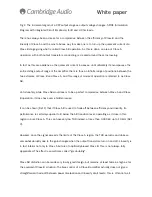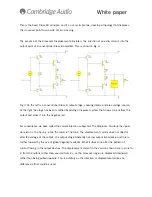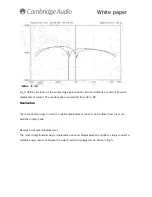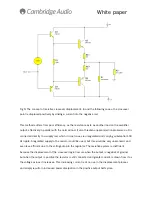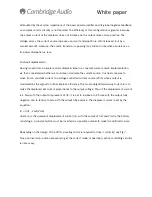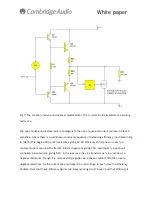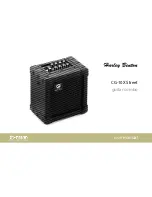
White paper
Fig 13 adds a THD vs. level plot for Class AB to the Fig 15 diagram, making it very clear that Class
AB gives significantly greater THD above its transition point (say at -4 dB) than Class B, constant-
current Class XD gives slightly less, and push-pull Class XD gives markedly less.
Fig 14 returns to the THD/frequency format, and shows that XD push-pull gives lower THD over the
range 1kHz - 30kHz than optimal Class B and is in fact better at all points.

